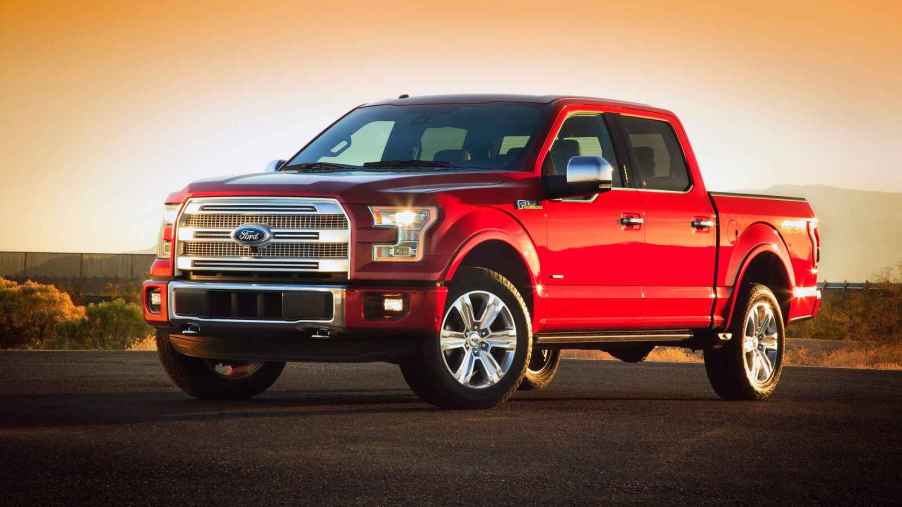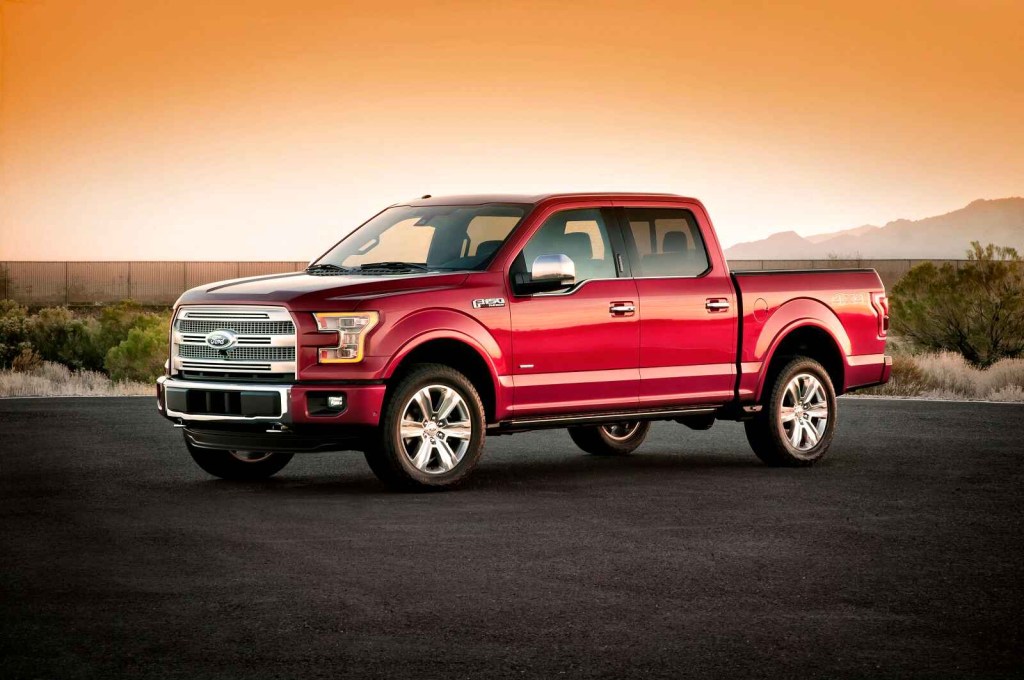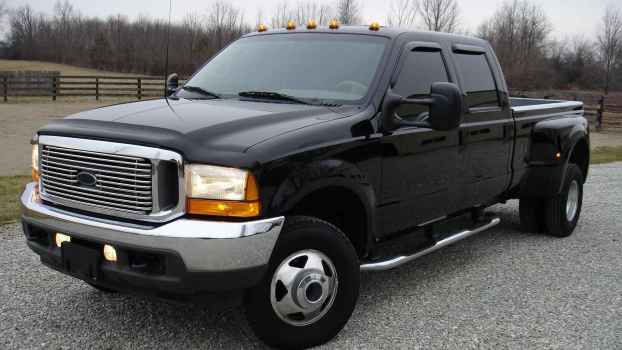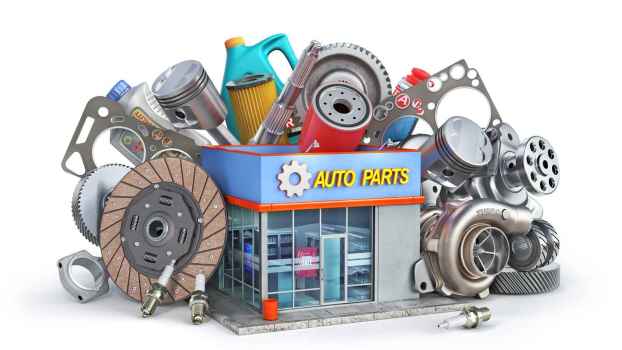
How to Find a Good Used Ford F-150 Today
Entering the used Ford F-150 truck market can be a daunting mission. With listings all over the country asking you to shell out a home downpayment for a used truck, it can be difficult to find the perfect blend of price, condition, and reliability. Here’s how you can find a good used F-150 today.
Since budget is always a leading character in car shopping, let’s start with what to expect to pay for a used Ford F-150 in 2024.
The average sale price of used Ford F-150s today
In 2024, depending on the region, you can expect to pay up to $20,000 for any 2015-2018 Ford F-150s. However, based on condition, pricing can easily cross the $20K mark.
2019 Ford F-150s can go for mid-$20K and, again, based on condition, might leap forward to the high $20Ks and even jump into the $30K range.
For 2020 F-150s, expect to see listings in the mid-to-high $30K range.
2021-2022 Ford F150s will range anywhere from $35,000-$55,000. The F-150 Lightning will be more, up to the low $70K range.
The 2023 Ford F-150 will list between $55,000-$70,000+.
Best used F-150 years
While opinions are all over the map based on design, features, and capability markers, I’m going to focus more on the truck’s reliability and overall owner experience. Considering F150s on the used market tend to go long on mileage, folks looking for a good used F-150 will be sensitive to price and mechanical condition.
2015 Ford F-150
The 2015 Ford F-150 is the first aluminum body used on Ford trucks. More on the previous model years’ body rust below.
What’s more, the 2015 still holds better reliability and driving experience ratings with J.D. Power over much newer versions. It’s rated 96/100 for driving experience and 82/100 for quality and reliability. No other newer model comes close to this driving experience score.
Now, some folks would be wary of age in 2024, so you’d want to make sure any you find used have been very well maintained. Try to find one with under 100,000 miles, although that might be tough.

2016-2019 Ford F-150
In general, these F-150 years have high-average (not above average) scores for reliability and driving experience. 2017 touts an above average reliability score than surrounding years for quality and reliability, 84/100, or “Great,” so it gets a spotlight here.
2020-2023 Ford F-150
Of the newer F-150s, the 2022 has the best reliability and driving experience scores. For both areas, it received a “Great” level from J.D. Power.
So far, the 2020 is earning a slightly higher overall driving experience score than the 2023 F-150.
Common older F-150 problems to check for
In 2015, Ford moved to aluminum bodies, which stopped the prevalence of body rust. Many owners complain of the rust issue in older model years being the sole reason they moved onto a newer year model. So, in 2024, it might be best to avoid a 2014 Ford F-150 or older.
You’ll still see frame rust over time if you’re getting seasonal weather shifts in that region of the country or if the truck lived in another state with winter conditions.
5.4L V8 Triton engine issues
Most Ford F-150s with decent mileage under the belt will have some sort of engine issue on the repair record. Regular oil changes are a must, but even then, some engine gens have quick-to-fault components.
The 5.4L V8 is plagued with longevity blockers. From timing chain parts failure to seizing spark plugs and oil pump problems, I’d just avoid them.
Other engine options tend to do well for owners, barring neglect or very high mileage, which could pose reliability issues for you.
What to do before buying a used F-150
- Do your local market research. Check other dealers or even Facebook Marketplace for listings to know what the area looks like for F-150 listings. Different regions have different pricing expectations.
- Walk around and tire-kick. Open the doors, open the tailgate, and look under the truck for rust. Check the tires for dry rote and for good, even tread.
- Start the engine. Listen for long cranks, whining or chirping, chugging or sputtering, loud exhaust
- Test drive it. Check for funny suspension noises, steering pull, proper acceleration, and smooth stopping. Might as well check for A/C and radio functions, too. Push all the buttons and roll down all the windows.
- Get it inspected by a neutral but trusted third party. Be sure to include a fault code scan. Check code history as well to ensure the codes haven’t been reset without addressing.
Source: J.D. Power for reliability and driver experience ratings





